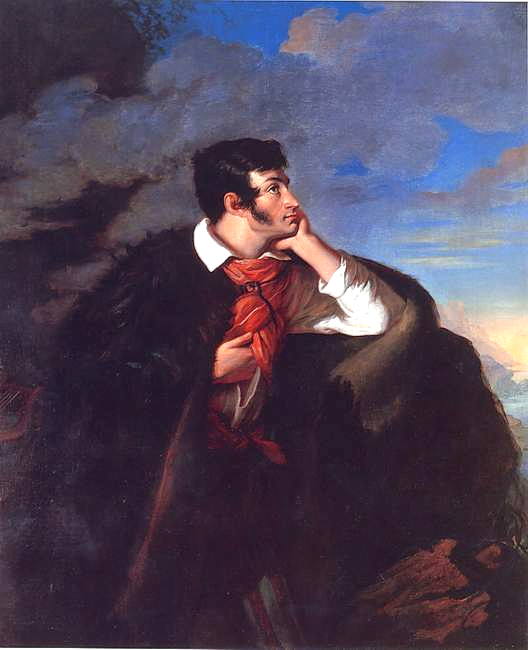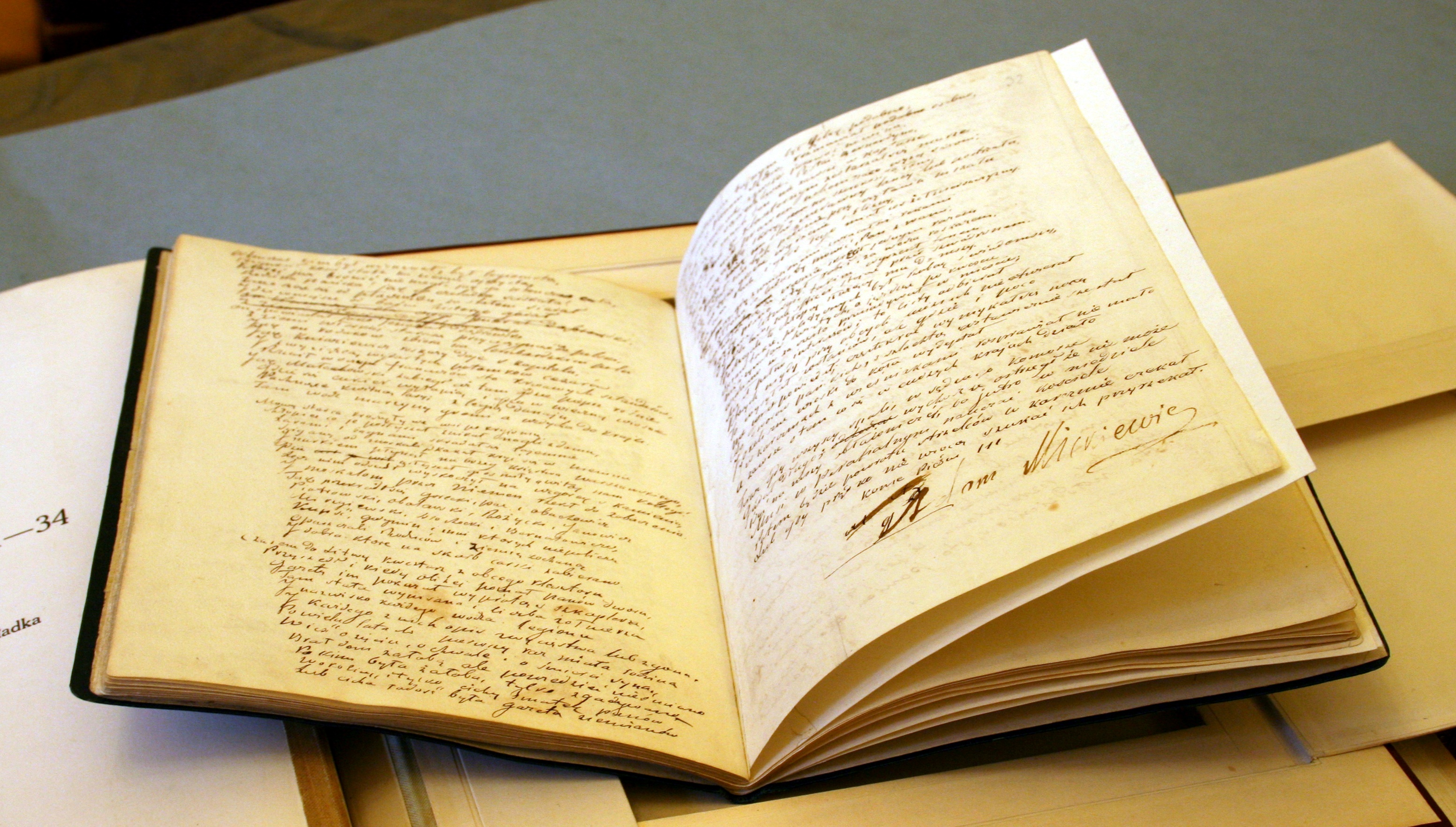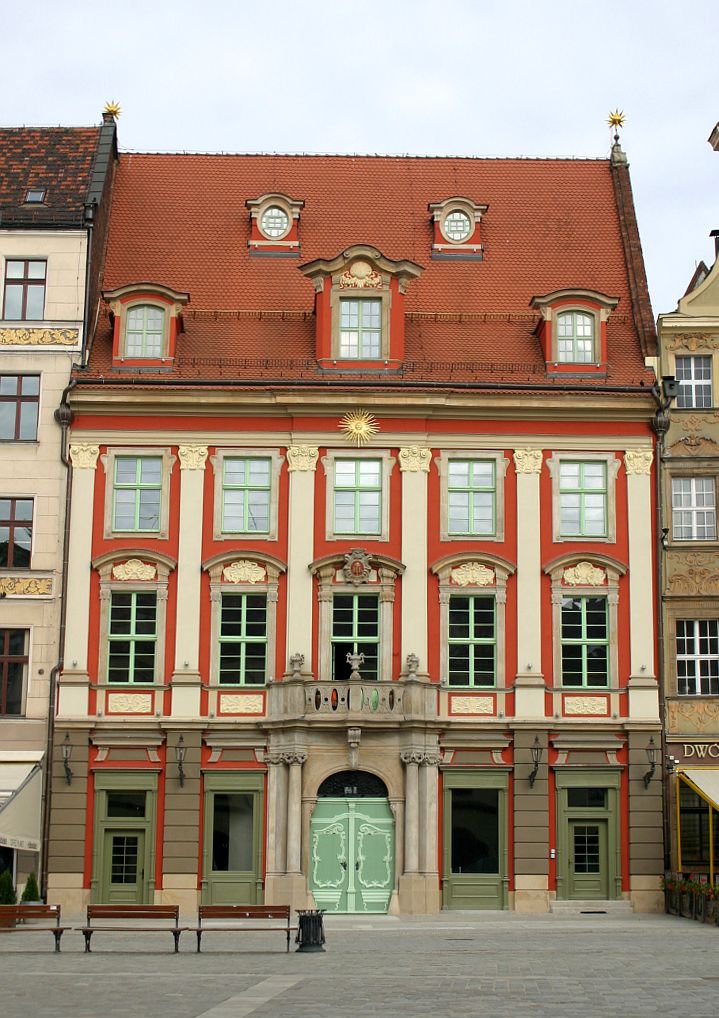The Turbulent History of a Manuscript
The Greatest of The Great
Adam Mickiewicz (1798 – 1855) was a Polish poet, dramatist, essayist, publicist, translator, and political activist. He is revered as the national poet of Poland, Lithuania, and Belarus. Mickiewicz, a leading Romantic dramatist, has been likened to Byron and Goethe in Poland and Europe. His notable works include the poetic drama "Dziady" (Forefathers' Eve) and the national epic poem "Pan Tadeusz."
As a prominent figure in Polish Romanticism, he is considered one of Poland's "Three Bards" and is widely acclaimed as Poland's greatest poet. He is also recognized as one of the finest Slavic and European poets, often referred to as a "Slavic bard."
Adam Mickiewicz is a figure who probably needs no more introduction, and his magnum opus, "Pan Tadeusz," has permanently established itself in the absolute canon of Polish cultural texts. Most Poles are familiar with the first few lines of the invocation, although fewer people are aware of how the opening sentences of the epic originally sounded. However, this does not change the fact that "Pan Tadeusz" has become a cultural phenomenon on a nationwide scale. The destinies of the characters in the poem have touched the hearts of successive generations, but few people know that the history of the "Pan Tadeusz" manuscript itself was equally, if not more, turbulent.

Portrait of Adam Mickiewicz, Walenty Wańkowicz, Public domain, via Wikimedia Commons
Stains on the Face of National Sanctity
Adam Mickiewicz must have been incredibly attached to his longest work. He carried the manuscript with him wherever he went. One could even say that he never let it out of his sight, as evidenced by numerous coffee and wine stains, scorch marks, and other minor damages. It is filled with deletions and corrections, and the handwriting of the poet himself, especially in later sections, may raise some doubts regarding its aesthetic aspect. Many people find it hard to believe because such things should not be associated with national sanctity. However, photocopies made by employees of the Ossolineum clearly confirm the fact that Adam Mickiewicz had certain issues regarding work hygiene.

The manuscript of Pan Tadeusz held at Ossolineum in Wrocław. Credits: Pleple2000, CC BY-SA 4.0, via Wikimedia Commons
From Mickiewicz to Tarnowski (so much money involved!)
The history of the manuscript of "Pan Tadeusz," also known as the Dzików manuscript, can be roughly divided into two periods. The first, slightly longer one, ends with the outbreak of World War II. Tadeusz Zych, the director of the Historical Museum of the city of Tarnobrzeg, described it accurately:
The manuscript arrived in Dzików in 1929 when Jan Zdzisław Tarnowski purchased it for the sum of 60,000 złotys (currently around 580K Euro!) from Hieronim Jan Tarnowski of Rudnik, his distant cousin. Hieronim inherited "Pan Tadeusz" from his father, Stanisław Tarnowski, a professor and rector of the Jagiellonian University, who became the owner of the manuscript in 1871 after buying it from Adam Mickiewicz's heirs for 5,000 francs.

Pan Tadeusz, title page of the first edition
The War Storm
With the outbreak of World War II, perhaps the most tumultuous period in the history of the manuscript began. It was at this moment that the fate of the manuscript and the Ossoliński National Institute intersected for the first time.
To protect this precious treasure, the Tarnowski family decided to deposit the manuscript in the Ossolineum. Perhaps they believed that a state institution would have greater capabilities when it came to safeguarding such treasures. However, on September 17th, the Soviets entered Lviv, and with the advent of Soviet administration, the Ossolineum was renamed as the Library Branch of the Ukrainian Academy of Sciences, and its collections were nationalized. The manuscript of "Pan Tadeusz" itself was recorded in the library's inventory.
After the occupation of Lviv by the Germans, the situation of the manuscript remained largely unchanged, at least until 1944 when the Nazi authorities ordered the former Ossolineum staff to prepare the most valuable collections for evacuation. Trains carrying the treasures of Polish culture headed westward and vanished in the chaos of war, taking our manuscript with them.
Machorka (wild tobacco) with the taste of Polish Culture
The world of Polish culture was shaken by a discovery in 1945 when the manuscript was unexpectedly found in the village of Adelin (German: Adelsdorf), now known as Zagrodno, near Złotoryja.
According to one version of the story, the finding was made by one of the children who arrived in Lower Silesia with the first Polish repatriates. This particular boy was sent by his father to a German school to fetch rolling paper for cigarettes. Apparently, the father believed that Polish students would have no use for German-language textbooks. The obedient boy brought back a stack of loose sheets, which, as luck would have it, turned out to be the missing manuscript of "Pan Tadeusz." The adult recognized the Polish words and realized he was holding something worth examining more closely. It was through this chain of events that information about the manuscript reached the relocated Ossolineum and its staff in Wrocław.
Contemporary Times: The Manuscript under the Sign of the Golden Sun
The manuscript remained the property of the Ossoliński National Institute until 1989 when the Tarnowski family reclaimed the deposit made fifty years earlier. Negotiations began, actively involving the authorities of Wrocław. In 1999, the end of negotiations was announced, and the Tarnowski family handed over the manuscript to the employees of the Ossolineum.
The 21st century brought a change in approach to some of the collections belonging to the Ossoliński National Institute. It was decided to showcase the manuscript of "Pan Tadeusz," giving rise to the idea of establishing the Pan Tadeusz Museum. The idea was finally realized in 2016 when the museum, located in the tenement house "Pod Złotym Słońcem" (Under the Golden Sun), was officially opened. Visitors can still see the famous manuscript there, along with other artifacts and exhibits related to the turn of the 18th and 19th centuries.

Wrocław, Kamienica pod Złotym Słońcem, Siloy, CC BY-SA 3.0, via Wikimedia Commons
A Good Reason to Visit Wrocław
The Pan Tadeusz Museum is an important landmark on the tourist map of Wrocław and can serve as an interesting starting point for exploring the capital of Lower Silesia.





